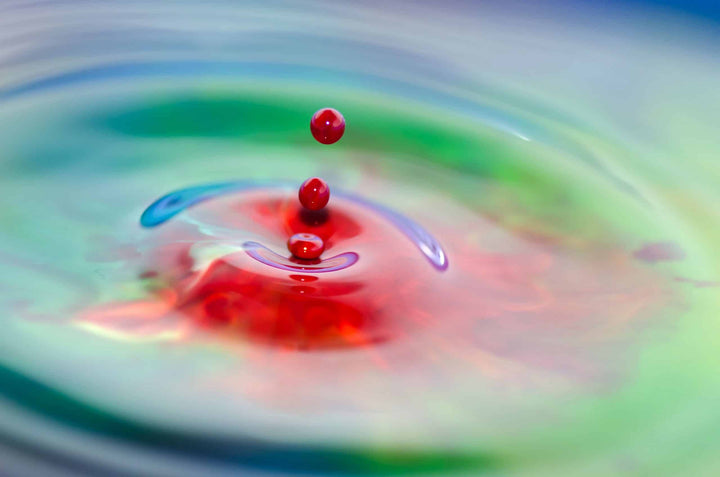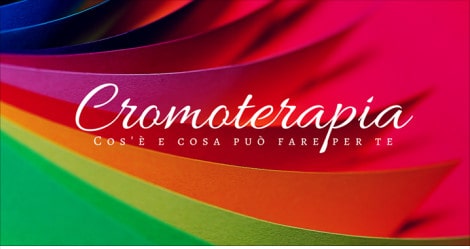MUST HAVE KIT 🍃 FROM NATURE, FOR THE WELL-BEING OF THE WHOLE FAMILY!
✨ A wonderful selection of 7 everyday products , designed to keep your mind and energy system in a state of perfect balance, bright and vibrant.
🌟 Suitable for adults and children! The
Maintaining energetic balance can change your life, bringing you serenity, improved performance, and a lasting sense of inner peace.

























